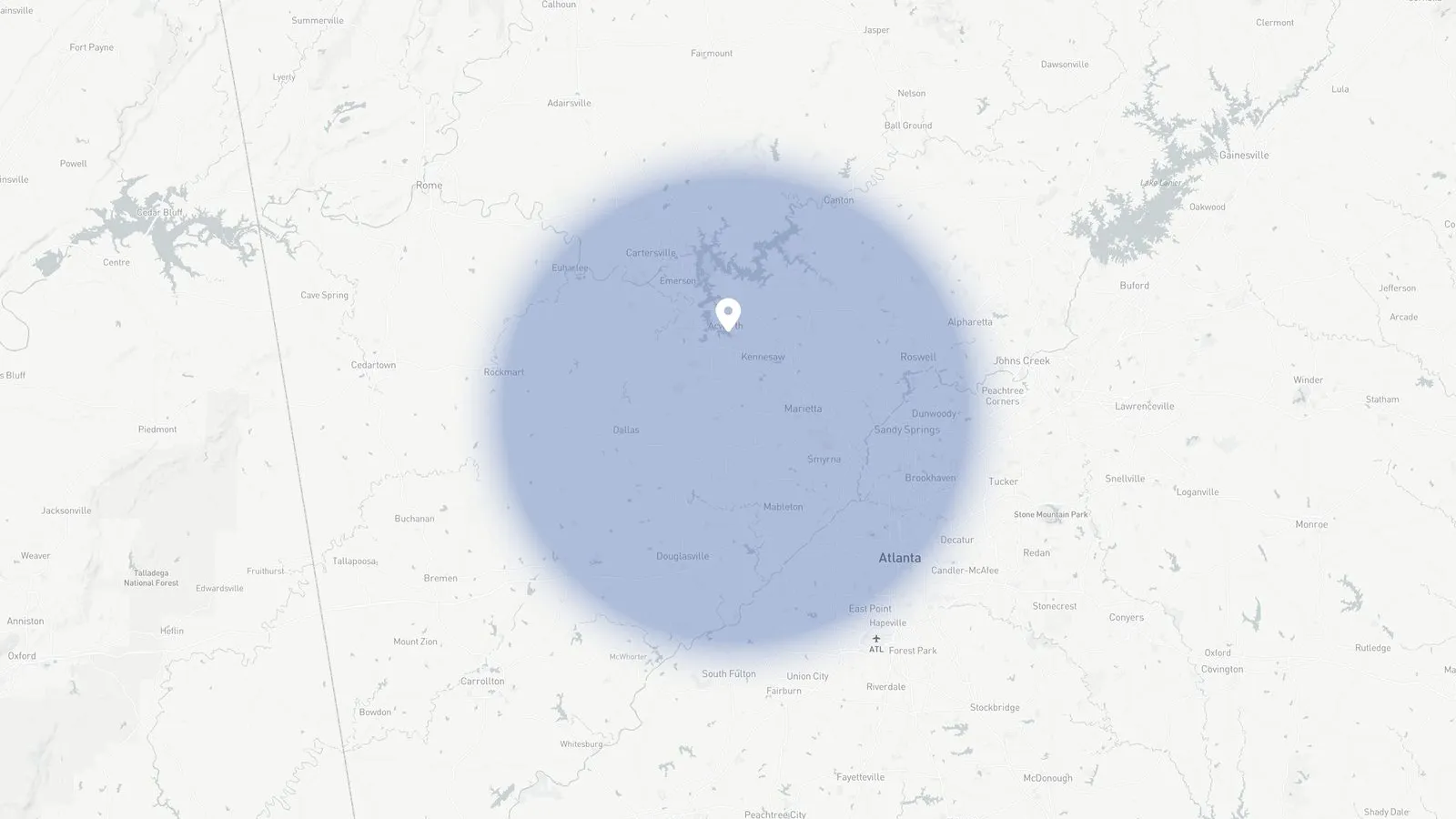
When it comes to heating or cooling your home, there are many options to choose from. If you don’t already have a heat pump system in place, you might wonder what the big deal is! Are heat pumps really all that great? Well, they are for many homes! Your home just might be one of them.
A heat pump system is very similar to a central air conditioner, with one big difference–not only does it cool your home, but it also has heating capabilities–we’ll dive into the “how” of that below! Go ahead and read on to learn more about heat pumps, and how one of these systems could benefit your home!
The Basics of a Heat Pump
The very first thing we want to share about heat pumps that may surprise you is that when working as a heating system, they don’t actually generate heat like a furnace or boiler would. Instead, heat pumps transfer heat, using refrigerant to move it from one place to another.
Even in chilly temperatures, a heat pump system is able to absorb energy from the outside air to transfer it indoors. Then in the summer, the process is reversed to absorb heat from the indoor air and transfer it out (like a traditional central air conditioner does)
Main Components of a Heat Pump
A standard heat pump (versus a ductless system, which operates on heat pump technology) has two main components–an outdoor unit and an indoor unit. Within those units are various subcomponents that make both the cooling and heating processes possible.
Outdoor Unit: This section of your heat pump system houses the coil, which operates either as a condenser while in cooling mode or an evaporator while in heating mode, as well as a fan. The fan is tasked with blowing outside air over the coil in order to facilitate the heat exchange.
Indoor Unit: Otherwise known as the air handler unit, the indoor unit houses a coil and another fan. Like the outdoor unit, the role of the coil will depend on if the system is in cooling mode during the summer or in heating mode during the winter. This fan is responsible for moving air across the coil and then through the air ducts and into your home.
Refrigerant: This is the chemical substance that makes heat transfer possible! Upon manufacturing, your heat pump is supplied with enough refrigerant to last its entire lifespan, and that refrigerant absorbs and releases heat in order to make it possible for the heat pump to do its job.
Compressor: This component resides in central air conditioners as well, and is responsible for pressurizing the refrigerant and moving it through the system.
Reversing Valve: This is the part of the heat pump system that makes it possible for it to heat in addition to its ability to cool. It literally reverses the flow of refrigerant in the opposite direction depending on if you have it in heating mode or cooling mode.
Expansion Valve: The expansion valve serves as a metering device–it regulates the flow of the refrigerant as this substance passes through the system, allowing for a reduction in pressure and temperature of the refrigerant.
How Can a Heat Pump Heat and Cool a Home?
Did you know that heat energy naturally moves towards areas with lower temperatures and less pressure? Heat pumps rely on this concept and put heat in contact with cooler, lower-pressure environments. This is how a heat pump operates and is able to provide both heating and cooling, depending on the signal it’s getting from your thermostat at the time.
When you want to install or need service for your current heat pump in Cartersville, GA, look no further than Dayco Systems for the job. Contact us today!

